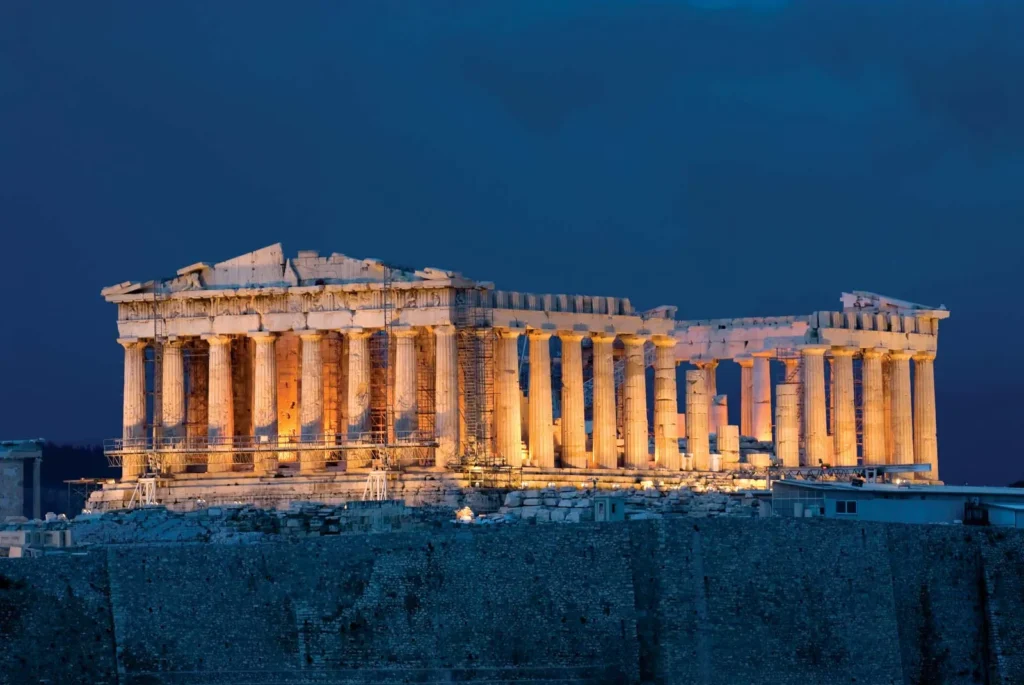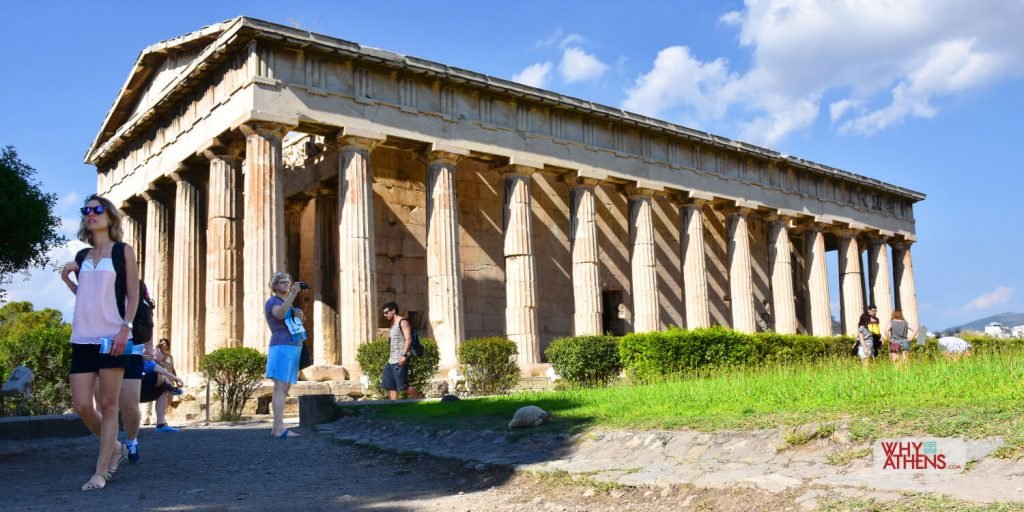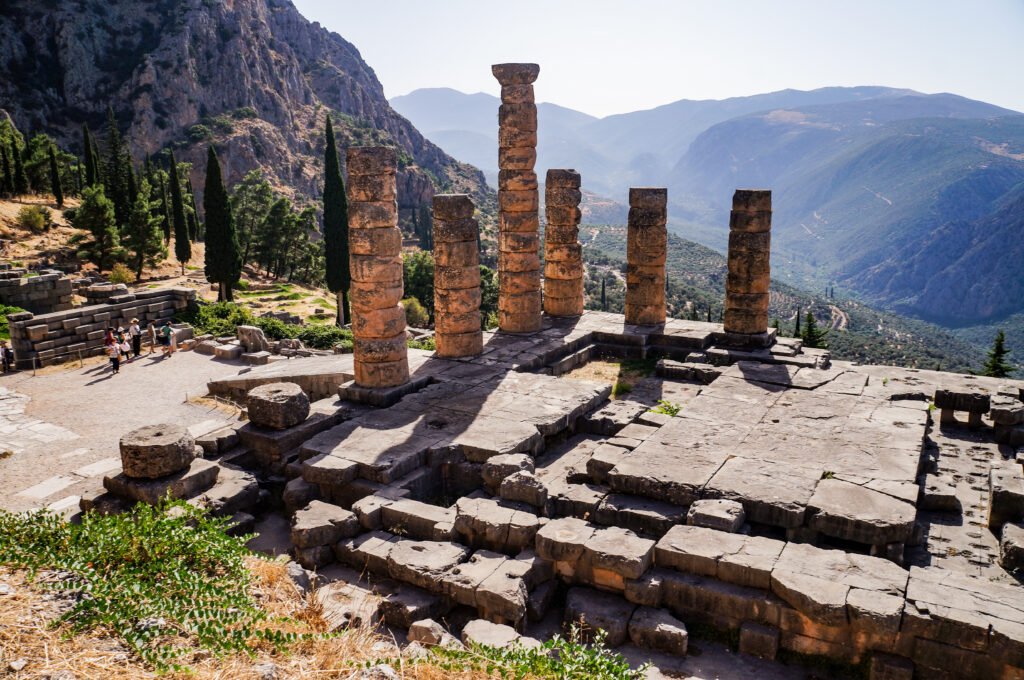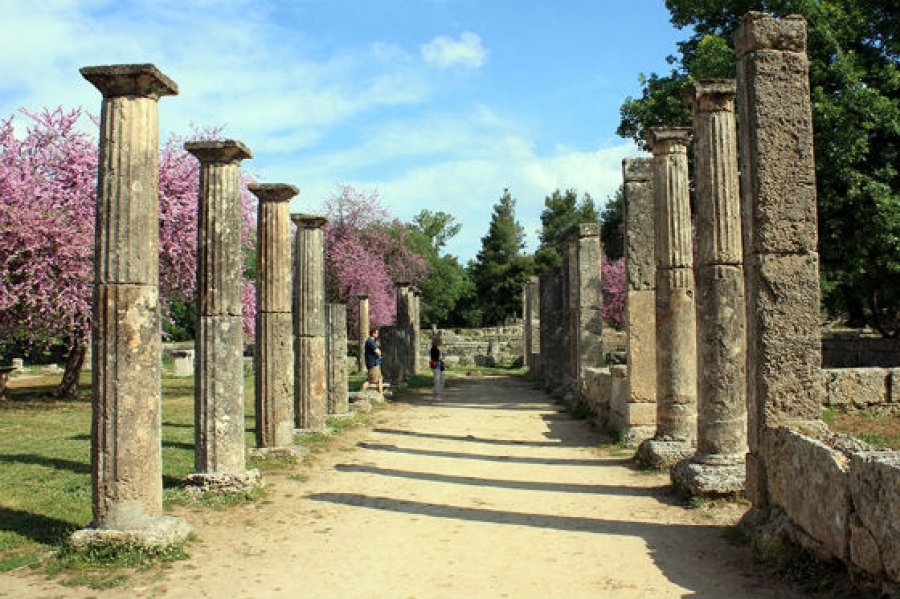Greece, often referred to as the cradle of Western civilization, is a dream destination for families who love history and adventure. With its breathtaking ruins, enchanting myths, and hands-on experiences, Greece is an ideal place to introduce children to the wonders of the past. Whether you’re climbing the Acropolis, stepping into the birthplace of the Olympics, or wandering through medieval castles, there’s something for every age group. Here’s a guide to the best family-friendly historical sites in Greece!
Table of Contents
The Acropolis of Athens

The Acropolis is one of the most famous landmarks in Greece, and a must-visit for families. Kids will love exploring the Parthenon, imagining themselves as ancient Greek heroes. The Acropolis Museum offers interactive displays and child-friendly explanations of Greek history. Pro tip: Arrive early in the morning or late afternoon to avoid the crowds and heat.
Ancient Agora of Athens

Once the heart of Athenian life, the Ancient Agora is a fantastic place for kids to learn about democracy and daily life in ancient Greece. The well-preserved Temple of Hephaestus and reconstructed Stoa of Attalos make history feel alive. Kids can run around safely while parents soak in the historical ambiance.
Delphi – The Sanctuary of Apollo

In Greek mythology, Delphi was originally regarded as the centre of the world. The Oracle of Delphi and the Temple of Apollo’s enigmatic history will captivate children. For young adventurers, bring literature on Greek mythology to enhance the enchantment of the trip.
Olympia – The Birthplace of the Olympic Games

What child wouldn’t love to race on the same track as the ancient Olympians? Olympia’s well-preserved stadium and training areas make it an exciting stop for families. There’s even an on-site museum with kid-friendly exhibits about the origins of the Olympic Games.
Knossos Palace, Crete

Step into the world of myths at Knossos Palace, home to the legend of the Minotaur. Kids can explore colorful frescoes, twisting corridors, and learn about the Minoan civilization through engaging guided tours.
Meteora Monasteries

Meteora’s breathtaking rock formations and monasteries seem straight out of a fairy tale. Families can hike the trails together and visit some of the monasteries for a unique cultural experience.
Conclusion
Greece is a treasure trove of history and adventure, perfect for families looking to combine education with fun. Whether your children are interested in Greek mythology, ancient ruins, or medieval castles, there’s no shortage of fascinating sites to explore. So pack your bags and set off on an unforgettable journey through Greece’s past!




